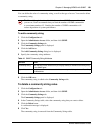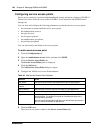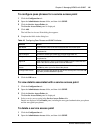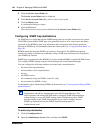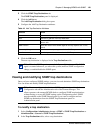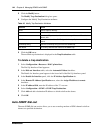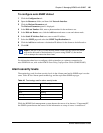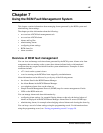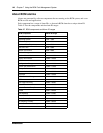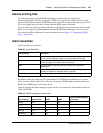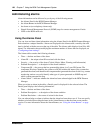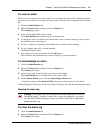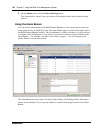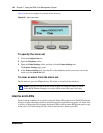
147
BCM50 Administration Guide
Chapter 7
Using the BCM Fault Management System
This chapter contains information about managing alarms generated by the BCM system and
administering alarm settings.
The chapter provides information about the following:
• an overview of BCM fault management tools
• an overview of BCM alarms
• alarms and log files
• administering alarms
• configuring alarm settings
• BCM alarm list
• alarm severities
Overview of BCM fault management
You can view and manage real-time alarms generated by the BCM system. Alarms arise from
components that are running on the system; these alarms indicate faults or informational
conditions that may require resolution from the system administrator. Examples of alarm
conditions include:
• a T1 circuit on the system is down
• a service running on the BCM has been stopped by an administrator
Alarm information can be delivered to you by any of the following means:
• the Alarms Panel in the BCM Element Manager
• the Alarm Banner in the BCM Element Manager
• core telephony alarms show on the alarm set
• Simple Network Management Protocol (SNMP) traps for remote management of faults
• LEDs on the BCM main unit
You can manage alarms and alarm information by:
• configuring alarm settings, for example filtering alarms so that only the desired subset of
alarms are displayed in the BCM Element Manager Alarms Panel or sent as SNMP traps
• administering alarms, for example acknowledging selected alarms and clearing the alarm log
You can keep a record of alarm settings using the programming record. For information about
using the programming record, see “Saving programming records” on page 58.



